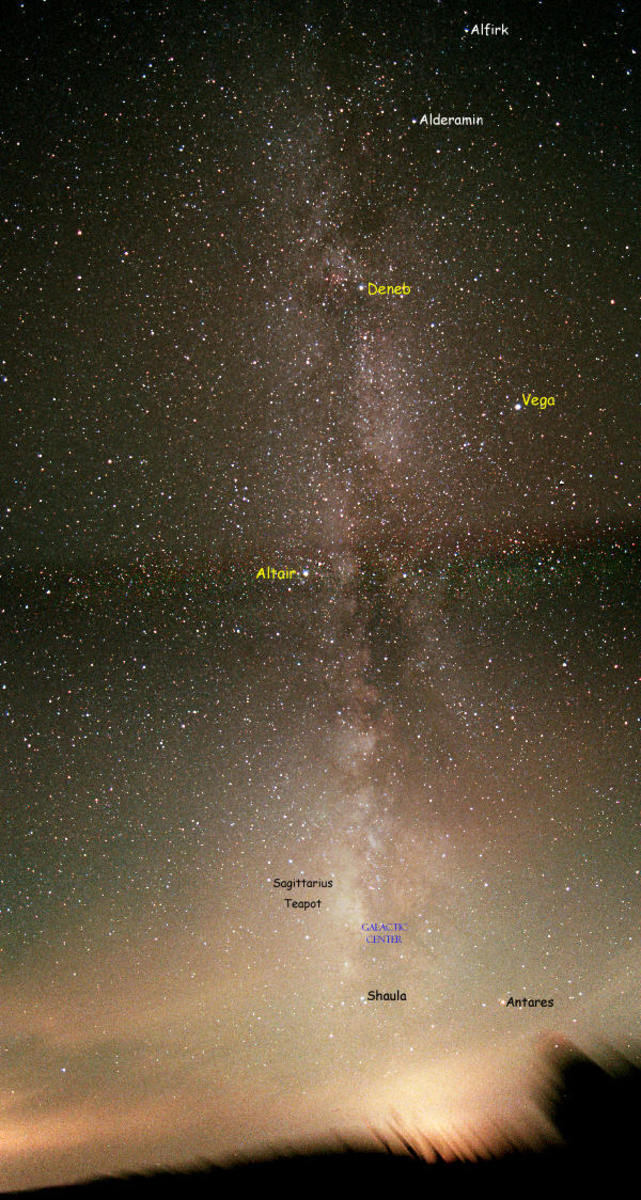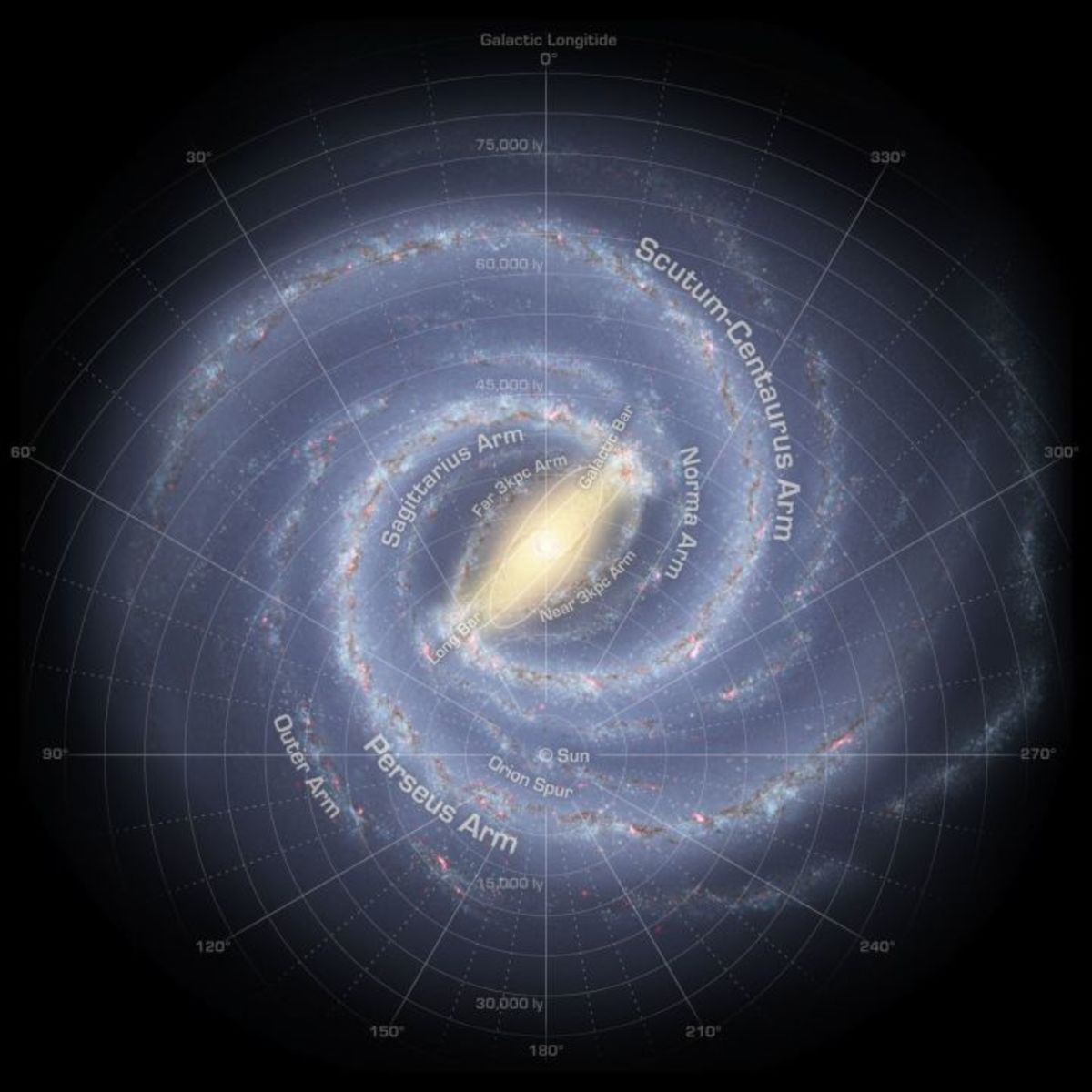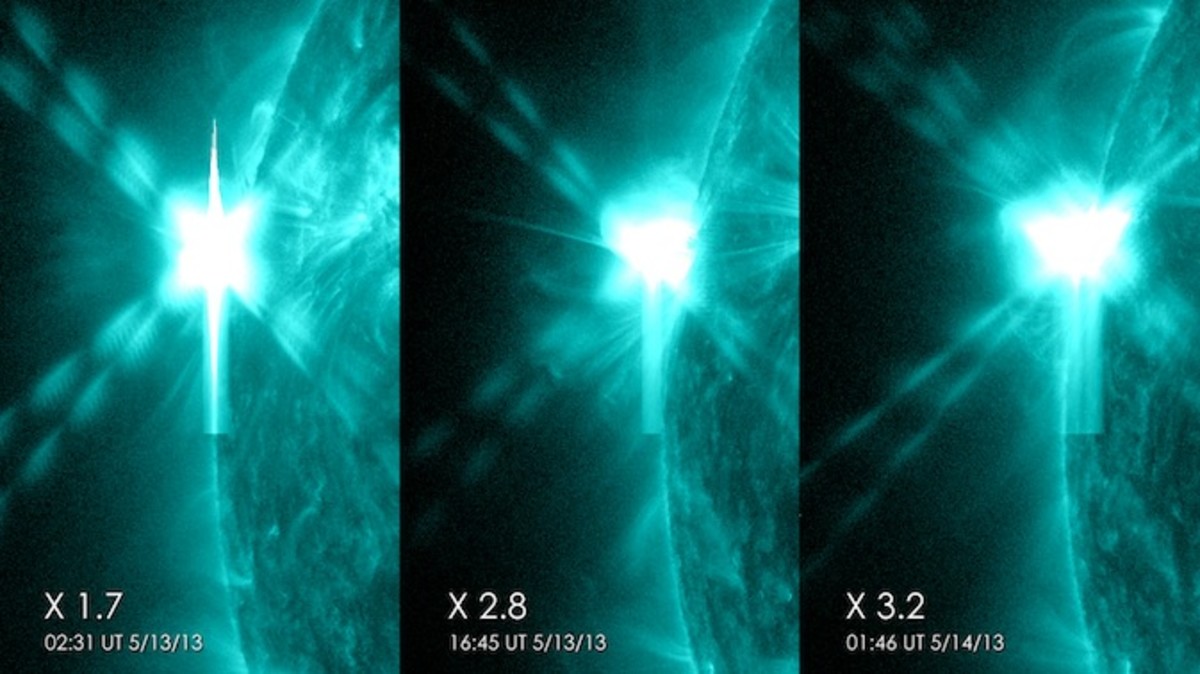Pole star will not be a Pole star forever

Pole Star
There is one star in our night sky that appears to be fixed at one position. This is the Pole star. This is the reference point in the study of Astronomy. In the past years the travellers on the land and the sea water have used it to find directions. When the night sky is photographed at regular intervals, all the stars appear in circular paths around the Pole star. But we are going to lose this Pole star. You want to know the reason. Read this hub.
The earth is spheroid in shape and it rotates about its axis in the anticlockwise (west to east) direction. The sun and the moon do not always lie in the equatorial plane. Therefore the resultant force of attraction of either the sun or the moon does not pass through the centre of gravity of the earth. Any force which does not pass through the centre of gravity of a body rotating uniformly about its axis affects the axial rotation. Thus due to the attractive influence of the sun, the earth’s axis of rotation undergoes a slow conical motion around the normal to the plane of the ecliptic (the path of the apparent annual motion of the sun) in the clockwise direction (east to west).
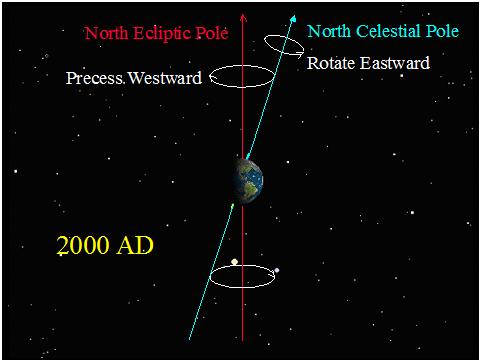
The inclination of lunar orbit to the ecliptic is only 5o. Therefore the major portion of moon’s attractive influence may be taken to lie in the plane of ecliptic. This force together with the force exerted by the sun produces lunisolar precession. Due to this the earth’s axis of rotation slowly describes a cone around the normal to the ecliptic in the retrograde direction completing one revolution in the course of about 25,870 years. This is called precessional period.
Songs We love to hear
Due to precession, the pole of the celestial sphere (the sphere we imagine on which the stars are fixed to study) describes a circle of radius 23o 27’ about the pole of the ecliptic once in a period of about 25,870 years. Therefore every star in the path of the celestial pole will have the chance of being the pole star at different periods. So today’s pole star will not be a pole star forever. In a few thousand years it will lose its claim to be called the pole star.
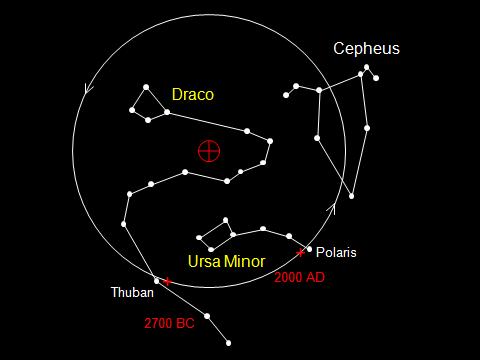
There is a verse in the Rig Veda observing the winter solstice in Aries. From this we can predict that the period of Vedas may be around 6500 BC. In 2700 BC the star Thuban was the pole star. Now our pole star is Polaris (that is why the reference point/origin is called the pole). In future, say, around 6400 AD, the star Cepheus will be our pole star. If Time permits you, please check this and send me a greeting card.
Rising/Setting Sun/Moon is oval in shape
- http://hubpages.com/hub/Astronomy_chips
The shape of the disc of the sun or full moon at rising or at setting is oval (elliptical) Light from the sun or moon after travelling through vacuum enters into our atmosphere. As light passes from a...
- Longest day (June 21st ) is not the hottest day of the year
On March 21st and September 23rd Sun rises at east and sets at west after tracing a semicircle on the sky. This great circle is the celestial equator of your place of observation. Each day sun travels in a...
- You can't see the far side of 'Full' Moon
We watch the same face of the moon everyday.We cant see the other side of the moon from earth. As the moon is a satellite of earth, it moves around the earth. For this it takes 27 days. This period is...
- Free Travel due to Earths rotation
Do you believe that our earth is rotating about its axis? If Yes, can we make a free trip from one place to another on earth using this phenomenon? We can observe that the sun, the planets and the other...




